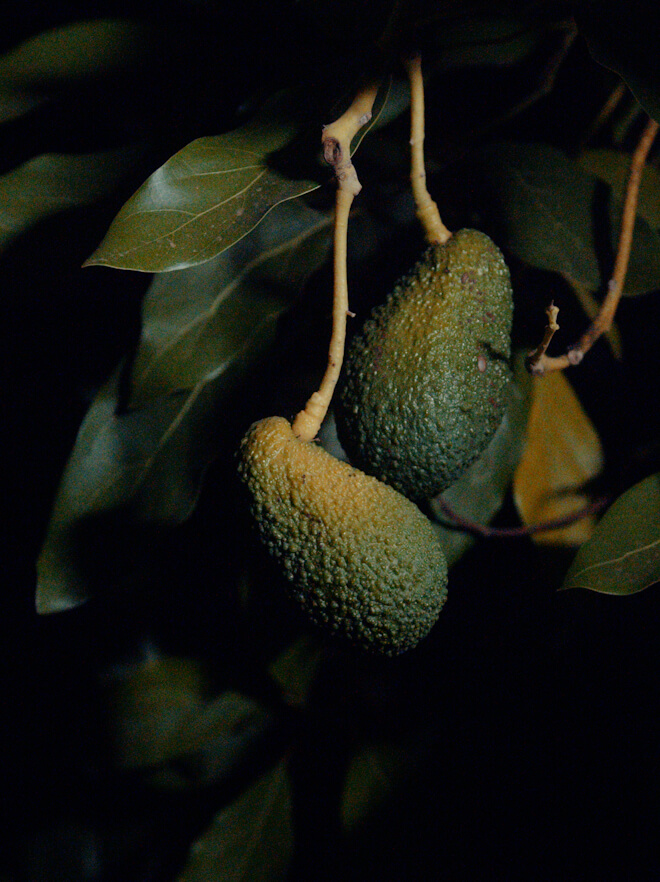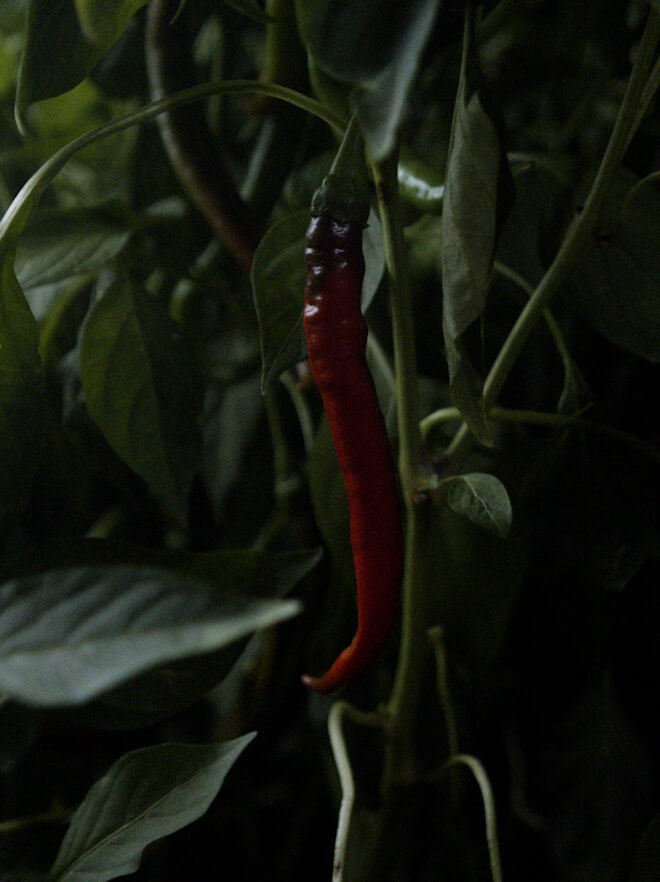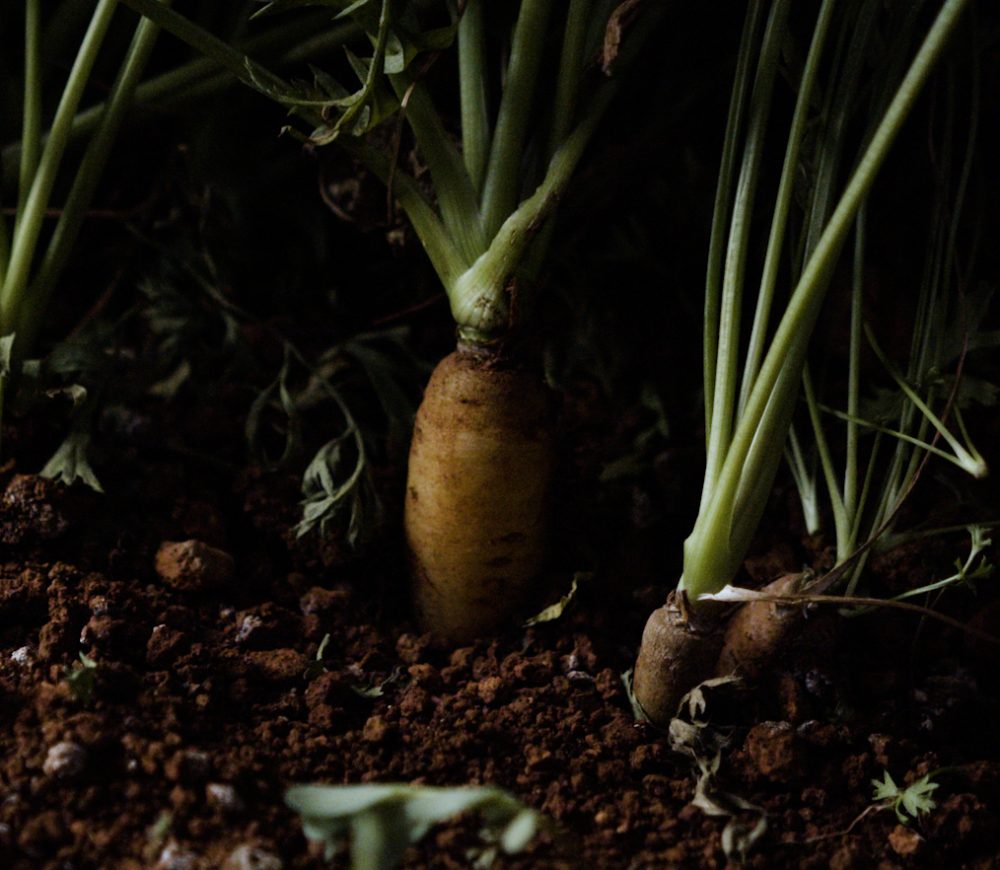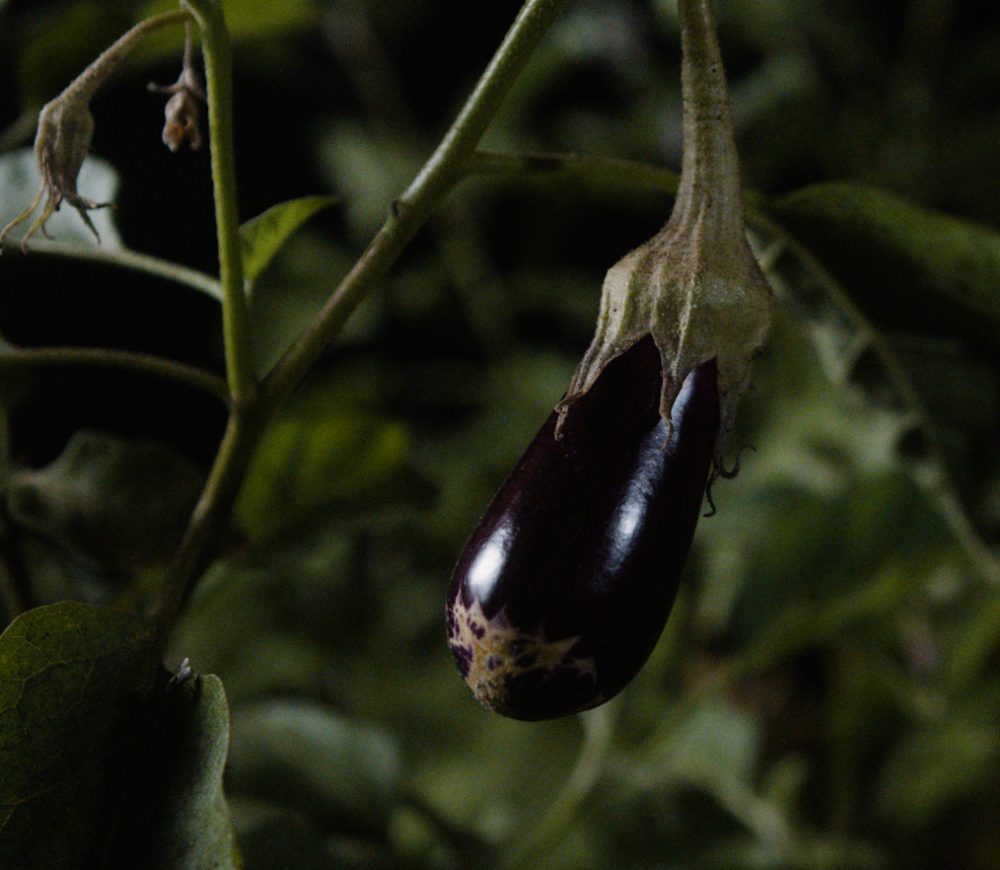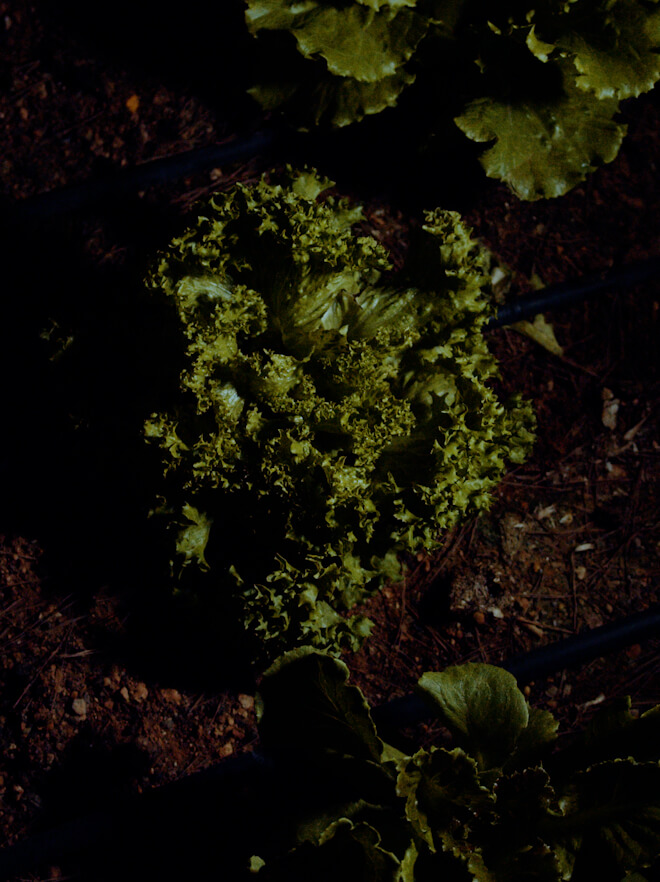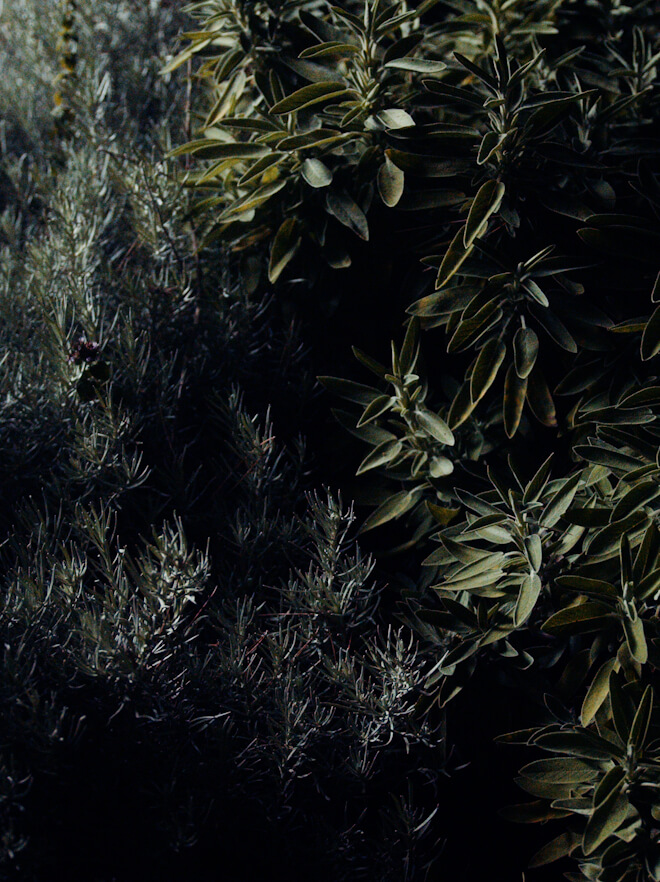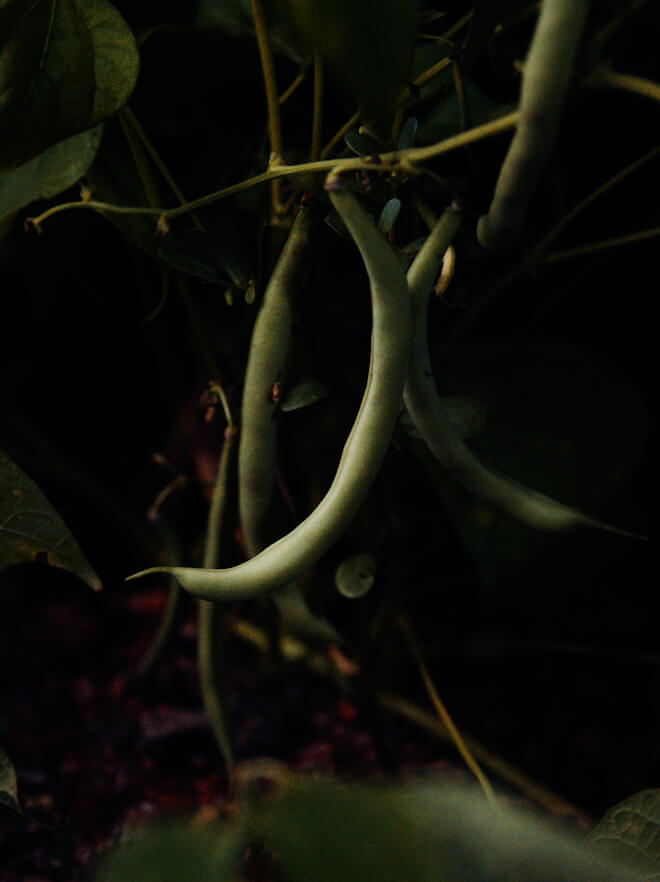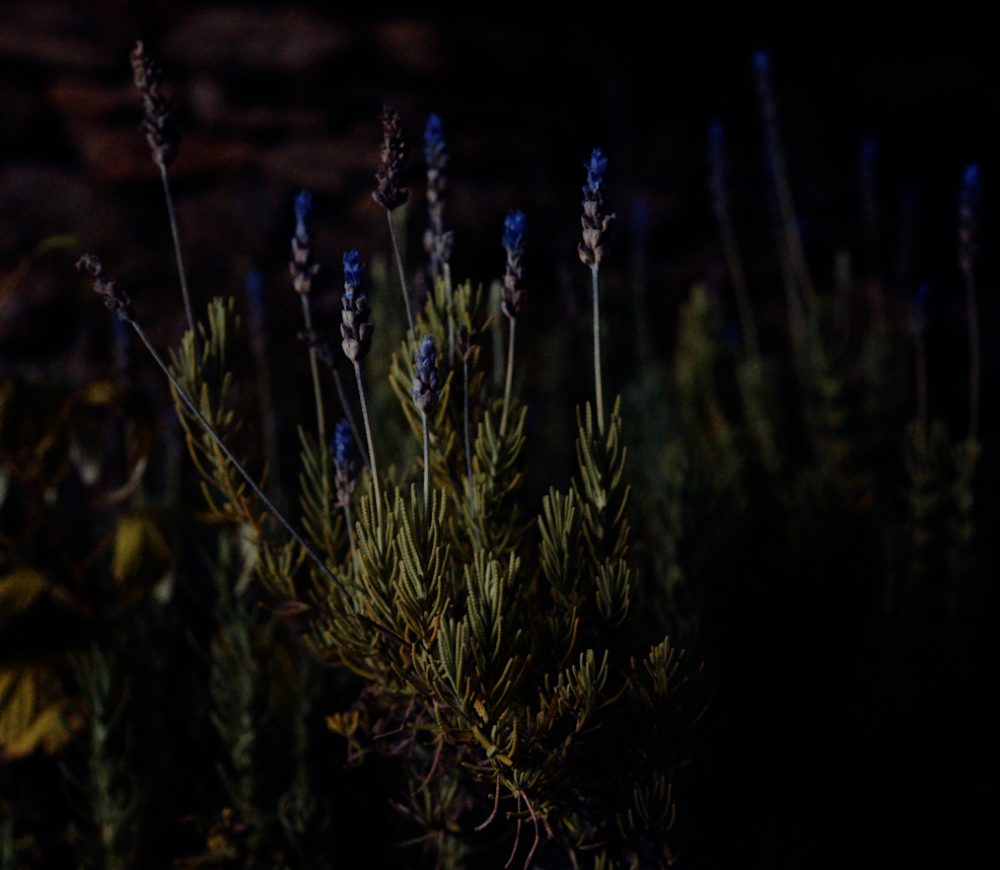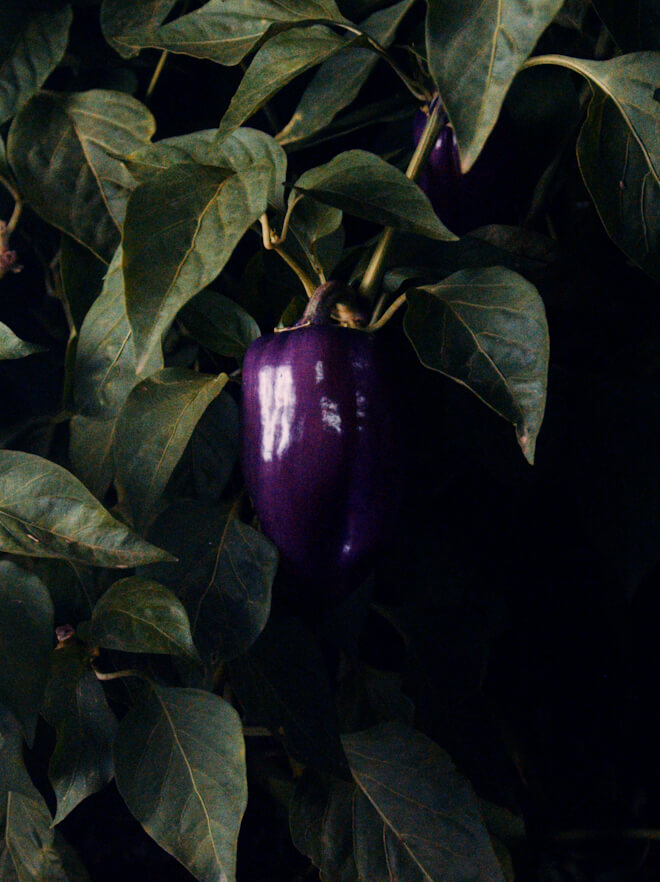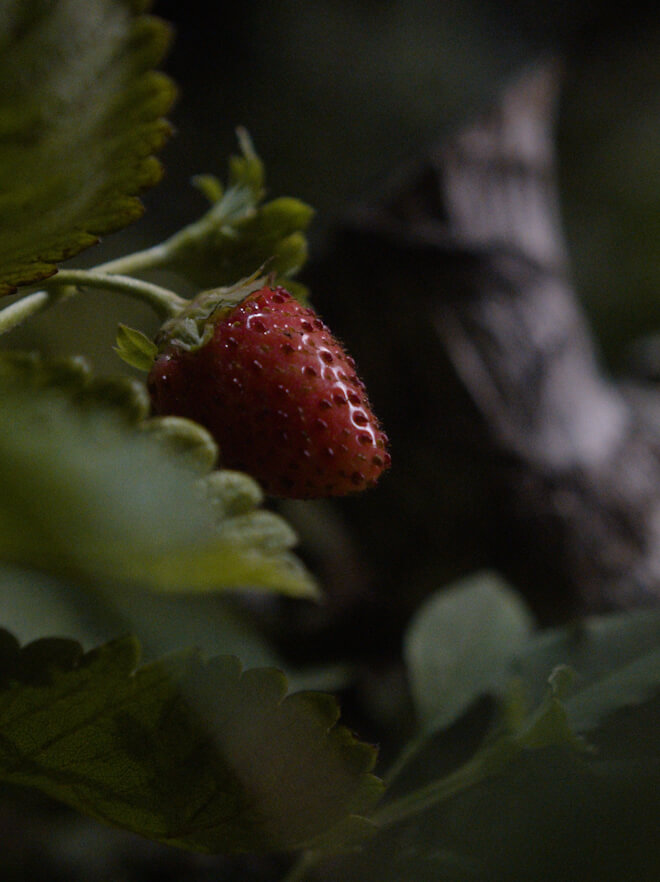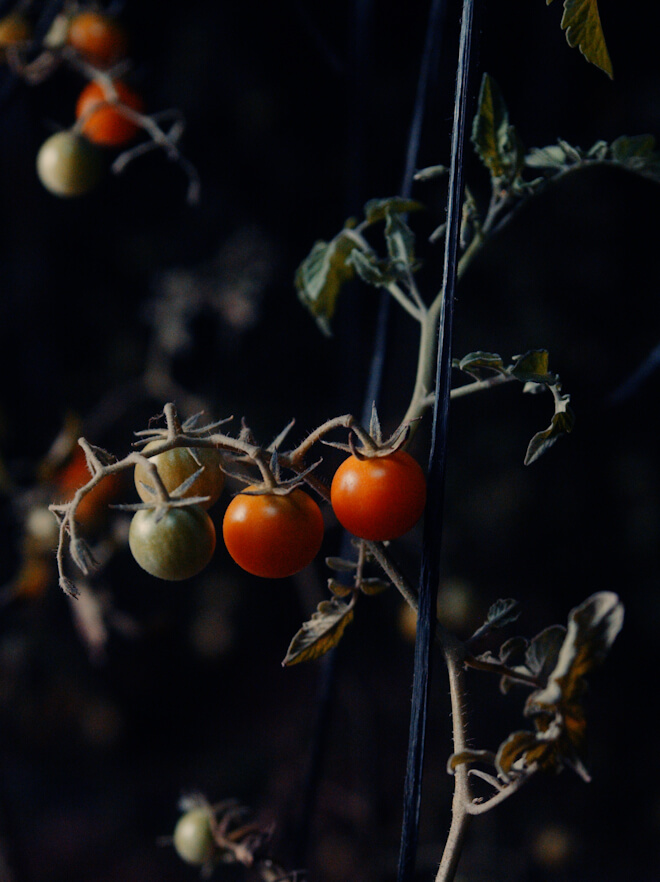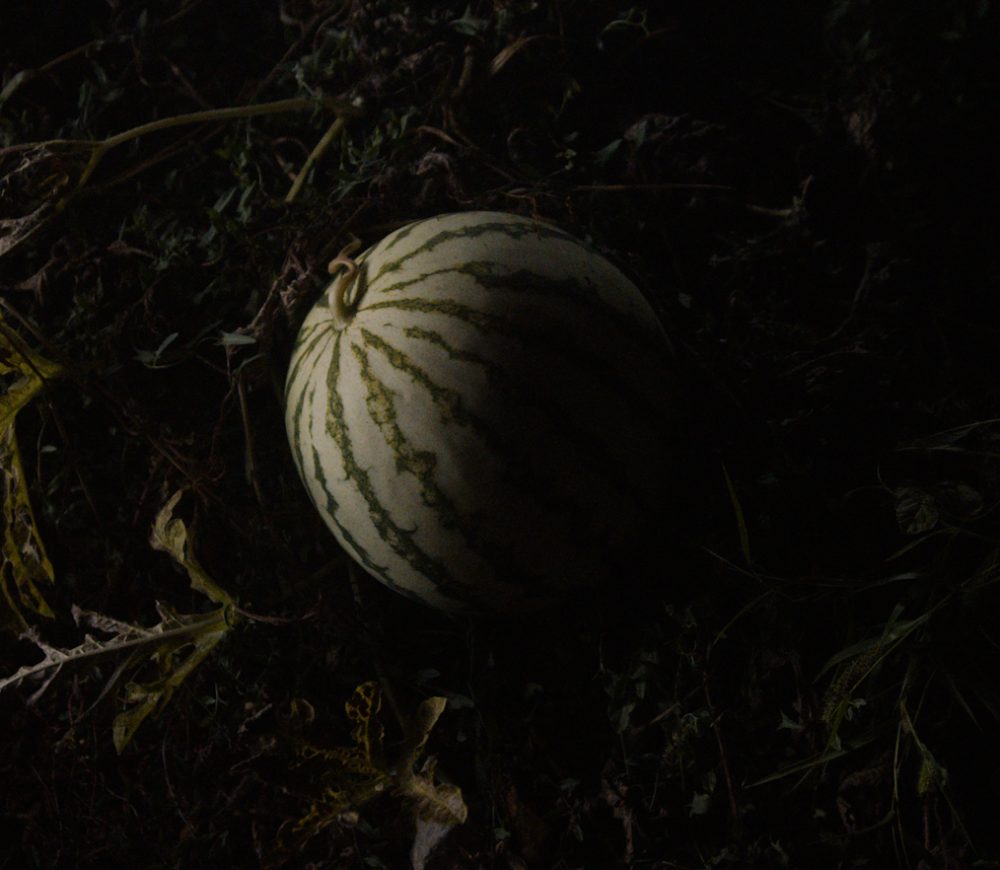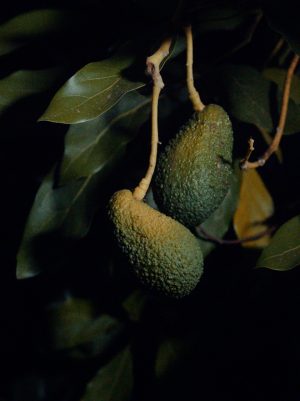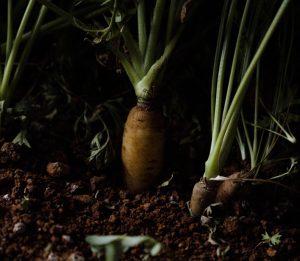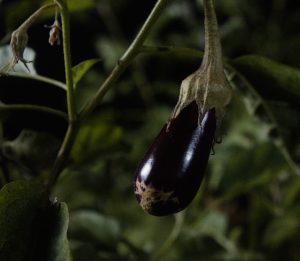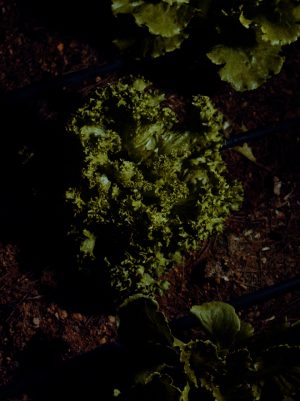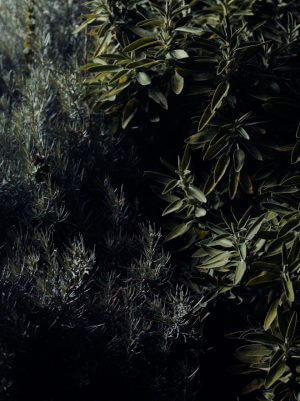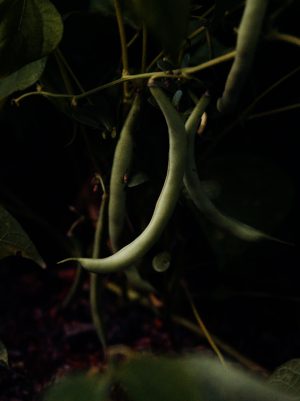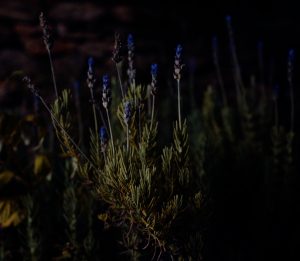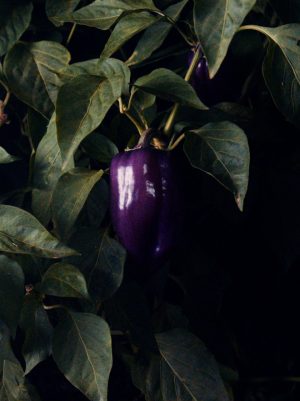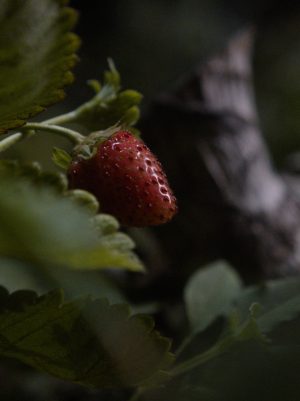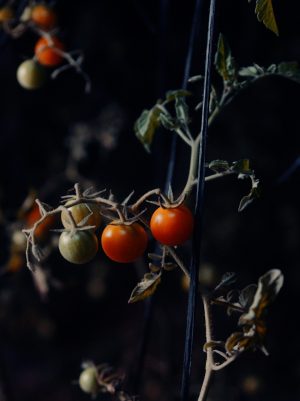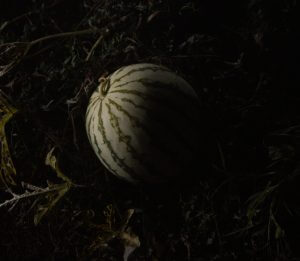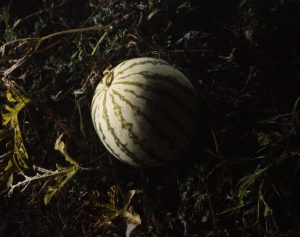
12
Watermelon
“Watermelons are a very typical Ibiza crop. They grow really well in this climate” said Andy. “I see a lot of the farmers on the Island getting two or three successions of watermelon plantings. And people love watermelon here, melons in general.”
In addition to the typical red variety, Andy trialed some yellow and orange varieties of the hydrating summer fruit. “One thing about watermelons is when you harvest them, you have to harvest the whole field,” said Andy.
“I hope our gardens can be a kind of inspiration.”
Otherwise, he continued, “you have birds that come or rodents—some kind of pest will get them. So it's really interesting when we tell the kitchen, okay, our watermelons are ready, and then they have to figure out what to do with them. They have to get creative.”
01
![]()
![]()
A flowering annual plant that belongs to the gourd family, watermelons are densely woolly when young, with yellowish-brown hairs that disappear as the plant ages.
02
![]()
![]()
Originally domesticated in Africa, watermelons were most likely cultivated in ancient Egypt, based on evidence of seeds in the Pharaoh Tombs. Wild watermelon seeds were also found in the prehistoric Libyan site of Uan Muhuggiag.
03
![]()
![]()
Hydrating and rich in nutritious plant compounds like citrulline and lycopene, watermelons have several health benefits, including lowering blood pressure, improving insulin sensitivity and reducing muscle soreness.
04
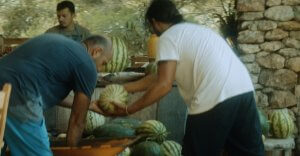



“One thing about watermelons is when you harvest them, you have to harvest the whole field,” said Andy. Otherwise, he continued, “you have birds that come or rodents—some kind of pest will get them. So it's really interesting when we tell the kitchen, okay, our watermelons are ready, and then they have to figure out what to do with them. They have to get creative.”
05
![]()
![]()
One of the best solutions the kitchen has found for this sudden influx of watermelons is to juice them for cocktails, particularly one of the local favorites: a spicy watermelon mezcal cocktail made with Oscar’s famous red jalapeno.
06
![]()
![]()
This practice of adjusting according to what’s there, what’s seasonal, fresh, and connected to the local landscape, is not just key to the ethos of La Granja. It’s a vision of how food culture must change if we want to preserve the health of our planet.
07
![]()
![]()
“I hope our gardens can be a kind of inspiration,” said Andy. "Not like we're preaching, but more of an unexpected takeaway, from the hundreds of varieties we're growing, the care and love that we're putting into our plants, the connection between the chef and the farmer, how fresh the food that they are eating is."
08
![]()
![]()
"So that potentially when they go back home they might start asking questions about where and how their food is grown."
09
![]()
![]()
"They might start asking why food doesn't taste so good when it comes from a supermarket. Why does it taste better when it comes from the farmer’s market? It’s about starting the conversation.”
Avocado
- Originated in south-central Mexico
- May help to ward off cancer and inflammation and assist digestion and heart health
- Harvested from late spring to early fall
- 4-7 years seed to harvest
Chili
- Originated in Mexico
- May help promote weight loss and relieve pain
- Grown in summer
- 60-95 days seed to harvest
Carrot
- Originated in Persia
- Improves health of eyes, skin, hair, growth, and immune system
- Grown year round
- 60-80 days seed to harvest
Eggplant
- Originated in southern Asia
- Strengthens bones, reduces symptoms of anemia, improves cognition and cardiovascular health, protects the digestive system
- Grown in summer
- 100-150 days seed to harvest
Greens
- A great source of beneficial plant compounds like antioxidants and polyphenols
- Strengthens heart health, lowers risk for numerous chronic diseases
- Grown year round
- 2-3 weeks seed to harvest
Herbs
- Rich with unique antioxidants, organic compounds, essential oils, vitamins and phytosterols
- Antiseptic and anti-inflammatory properties
- Thought to strengthen immunity and reduce risk of various diseases
Green Bean
- Originated in Peru
- Contains vitamins A, C, K, folic acid and fiber
- Supports brain health, repairs cell damage and strengthens bones
- Grown in summer
- 50-55 days seed to harvest
Lavender
- Originated in the Mediterranean and Middle East
- Antiseptic, anti-inflammatory, can help heal minor burns and insect bites
- Grown in summer
- 14-21 days from seed to harvest
Pepper
- Originated in the Americas
- Improves eye health and reduces risk of cancer, anemia and heart disease
- Grown late spring to early fall
- 60-90 days seed to harvest
Strawberry
- Originated in the Americas
- Contributes to skin and hair health, reduces the risk of cardiovascular disease and stroke
- Grown in spring
- 5 months to a year or more seed to harvest
Tomatoes
- Originated in the South American Andes
- Improves heart and skin health, may prevent cancer and other diseases
- Grown late spring to summer
- 60-80 days or more seed to harvest
Watermelon
- Originated in Africa
- Improves heart and eye health, lowers inflammation, assists with digestion and hydration
- Grown in summer
- 80 days seed to harvest
Contact
Berlin
Zur Alten Flussbadeanstalt 1
10317 Berlin, Germany
10317 Berlin, Germany
LISBON
Largo de Santa Marinha 1
1100-383 Lisbon, Portugal
1100-383 Lisbon, Portugal
Website by Studio Airport
